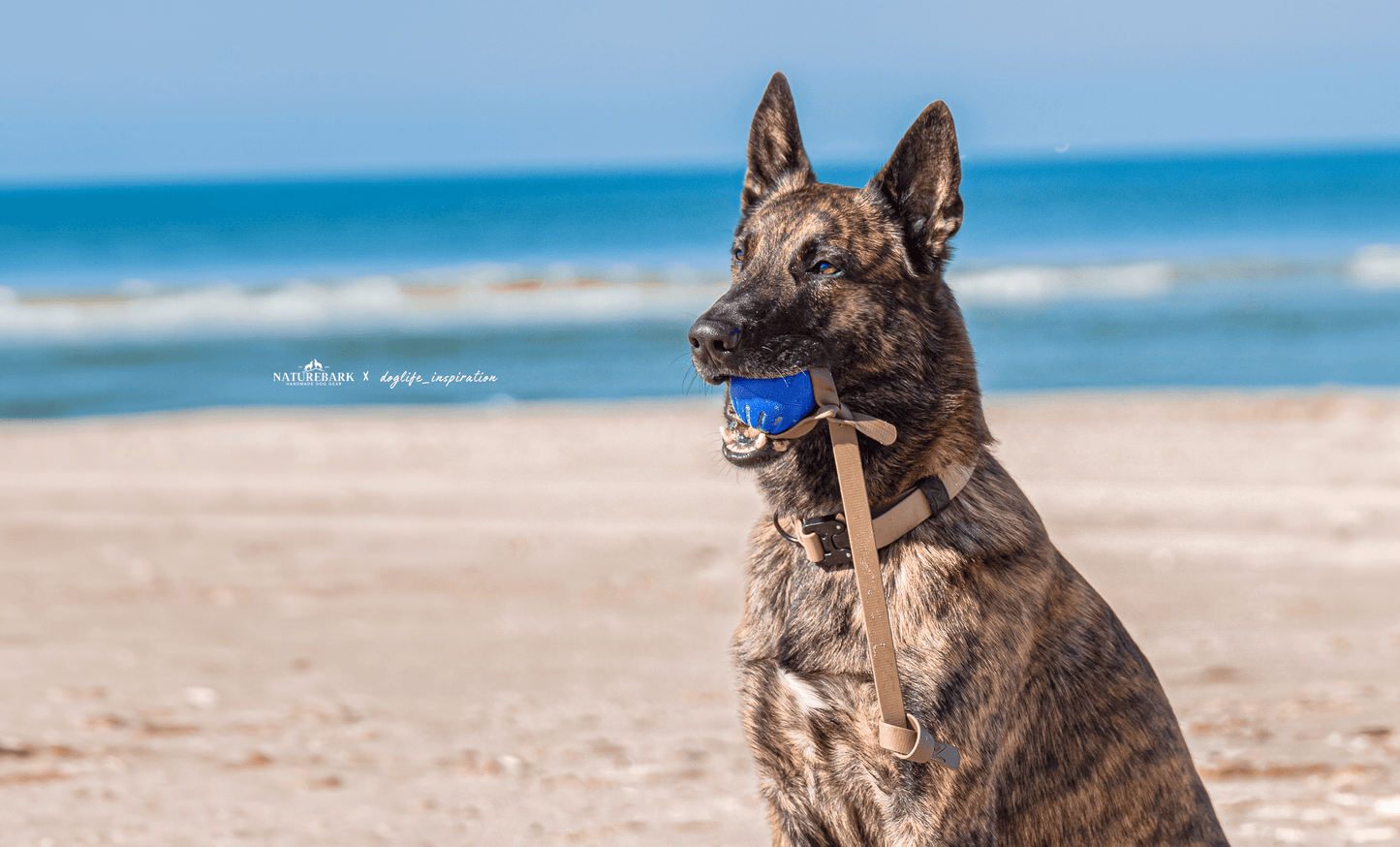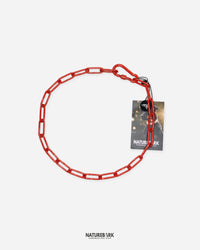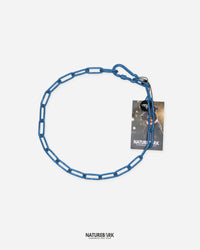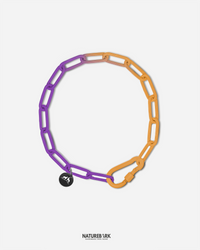
Fact Friday: How dogs learn – an overview of the most important learning methods
Anyone who works with dogs cannot avoid one topic:
Learning . If you understand how a dog learns, you can support it specifically without overwhelming it. Whether it's behavioral therapy, everyday training, dog sports, or the work of a professional dog trainer – knowledge of learning methods is the foundation for sustainable training.
The 4 most important learning methods for dogs
-
Classical conditioning (Pavlov)
The dog learns to associate two stimuli with each other. For example, the leash is picked up (neutral stimulus) and means a walk (positive experience). The dog begins to get excited as soon as he sees the leash. -
Operant conditioning (Skinner)
Dogs learn through consequences: A behavior is reinforced by reward or reduced by consequences. Example: If the dog sits on command, he gets a treat. -
Social learning (imitation)
Dogs also learn through observation. Puppies, in particular, learn a lot from adult dogs (or people!). -
Habituation
Dogs get used to stimuli that have no meaning for them. For example, the everyday noise of a vacuum cleaner when nothing happens while it's running.
Why this is important
A thorough understanding of learning styles helps you choose methods more consciously and tailor them to your dog's individual needs. Every dog learns differently, and a different learning style may be appropriate depending on the situation. Good dog trainers understand this and adapt their training accordingly.
💡 Remember: Learning is always happening! Even when we're not actively training. This makes it all the more important to understand how and when learning takes place.
#FactFriday #DogTraining #LearningFormsDog #Conditioning #PositiveReinforcement #DogPsychology










































